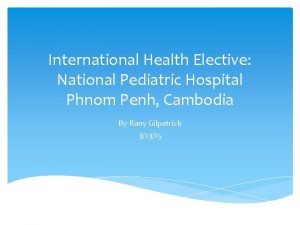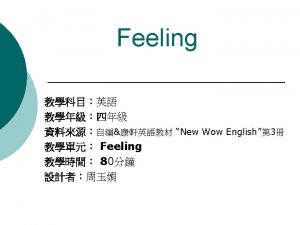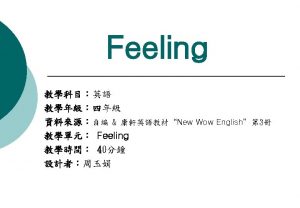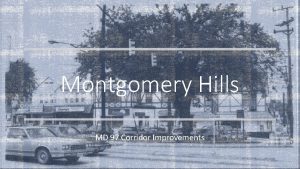Mt Washington Pediatric Hospital 1922 History Happy Hills














- Slides: 14

Mt. Washington Pediatric Hospital

1922 History Happy Hills Convalescent Home for Children

1930 Moved into the Whitlock Estate “The White Mansion”

MEDIA PARTNERS Historical Highlights 1975 1984 Name changed to Mt. Washington Pediatric Hospital 1997 First CARF accredited children’s hospital in Maryland 1979 Successfully accredited by JCAHO 2006 Merged with Baltimore Washington Medical Center (NAH) 1996 Opened Prince George’s satellite location Joint ownership with UMMS and Hopkins 2000 Merged with University of Maryland Medical Center

1989 Moved into new hospital facility – Eliasberg Family Building

1996 Opened 15 bed inpatient unit and outpatient services in PG County

2000 Opened the Jack and Mae Rosenberg Center for specialized outpatient services

Mission Mt. Washington Pediatric Hospital is dedicated to maximizing the health and independence of the children we serve. CARF Definition for Family-Centered Care

Inpatient Admissions Annually: Neonates/Infants= 350 -400 Inpatient Rehabilitation= 80 children Medical Management/Chronic Illness=220

Who comes to Mt. Washington for Outpatient Rehabilitation Services? Feeding Problem Lack of Coordination 15% 3% 21% 5% Delayed Milestones 3% 15% 27% Sensory Processing Disorder Cerebral Palsy Muscle/Ligament 8% 3% Outpatient Rehabilitation from FY 2017 Product Line Analysis Brain Injury Gait

Top Barriers to Health Knowledge deficit with respect to health insurance üPeople don’t know how to use (navigate) the system- need care connectors and/or health navigators üPeople aren’t sure what MCO’s will accept them üLimited resources to assist families

Top Barriers to Health, cont. Pediatric health and wellness in Baltimore city: üVery divergent by income; health often determined by income üWith behavioral health, the law requires that patients must receive services in a regulated facility before reimbursement can be made üThe epidemic of substance abuse in Baltimore City plays a role in healthcare and child care

Top Barriers to Health, cont. Access to care as relates to the community üBarriers in transportation, language and services necessary for care, such as: – For example, transport shuttle is not wheelchair accessible. Try to accommodate with vouchers. Sometimes the voucher do not work. – Access to child care for caregiver training. – Lack of quality child care can be barrier to health. If a family cannot find reliable transportation or child care, family will miss sessions and need to reschedule appointments.

Risks and Threats • Resources – Continue to have limited capacity of physicians to support needs of children with complex medical and/or respiratory needs and/or specialized pediatric care • Reimbursement – Higher co-pays, co-insurances and out of pocket expenses for families – Limited number of rehab visits per year – National healthcare reform • Competition – Need for alternative means of service provision, i. e. Centers of Excellence; Medical Homes – Payer or referral source scorecards that demonstrate outcomes Thank you.
 Mt washington pediatric hospital feeding clinic
Mt washington pediatric hospital feeding clinic Were you happy yesterday
Were you happy yesterday The waste land summary
The waste land summary Interesting facts about 1922
Interesting facts about 1922 Kirjandusrühmitus 1921-1922
Kirjandusrühmitus 1921-1922 Facts about christiaan barnard
Facts about christiaan barnard Obras da semana de arte moderna de 1922
Obras da semana de arte moderna de 1922 Paul klee senecio 1922
Paul klee senecio 1922 Fhrer
Fhrer 1922-1943
1922-1943 1922 duesenberg
1922 duesenberg Rany gilpatrick
Rany gilpatrick Sad:happy-bored
Sad:happy-bored Sad smiley
Sad smiley Hungry
Hungry



























